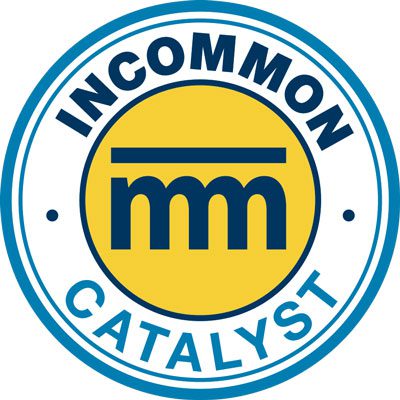Edited by Apryl Motley, CAE – Communications & Technical Writing Consultant

As part of our ongoing commitment to providing you with additional opportunities to benefit from the insights and expertise of InCommon Catalysts, we are continuing their quarterly Q&A column, Catalyst to Catalyst. We feature the column in our e-newsletter InCommon News.
Think of Catalyst to Catalyst as a quarterly, virtual advice panel providing perspectives on key identity and access management (IAM) topics for the InCommon community. In this installment, two catalysts discuss the biggest lesson learned about IAM and the importance of the 2025 Internet2 Technology Exchange (TechEX25). This is our third column for 2025.
What is the biggest lesson you’ve learned about IAM?

One of the biggest misconceptions I encounter in higher education is the belief that a single IAM platform can serve as the silver bullet for every institutional need. The reality is different; while platforms bring powerful features and important capabilities, they do not in themselves create a strong, sustainable IAM program. Without a well-defined program to guide them, even the best platforms can miss the mark on critical goals for the institution.
IAM should never be treated as a one-off project. Instead, it must be approached as a long-term program of continuous improvement; a discipline that grows with the institution and adapts to its evolving needs. A healthy IAM program enables:
- Strategic alignment so that identity services move in lockstep with institutional priorities.
- Collaboration and awareness among stakeholders, building shared ownership of IAM success. IT must listen at least as much as it talks to earn trust and engagement.
- Business process redesign that uncovers efficiency and better supports users’ needs as requirements change.
- Data governance to support a data driven process that safeguards integrity, accountability, and stewardship.
- Policy and compliance standards that strengthen institutional trust and resilience.
The lesson is simple: IAM platforms can enable great outcomes, but only when anchored in a strong program. Technology will get you part of the way; leadership, governance, and continuous commitment will take you the rest of the distance.
—Brandon Kendall, IAM Architect, Moran Technology; brandon.kendall@morantechnology.com
Why is TechEX25 an important gathering for the research and education community?

It’s the only conference I’m aware of that focuses on identity at the implementer and administrator level. That makes it really important for identity folks serving education to share ideas, problems, successes, failures, and findings with one another and in the process build “best practices.”
It also gives confidence to new people (Last year, it seemed like half the attendees were brand new to identity.) while strengthening ties with veterans. On top of that, it’s a rare chance to talk and interact directly with Internet2, their boards and committees, and to see “how the sausage is made.” You also get to meet and learn from open-source leaders, such as Scott Cantor (Shibboleth), Chris Hyzer (Grouper), Slavek Licehammer from Evolveum (midPoint), and Benn Oshrin and others (COManage), and of course the InCommon Catalysts.
What I like most is that it’s not about selling or showcasing new technology. It’s about collaborating, working on problems together, and sharing ideas that make the whole community stronger.
—Paul Spaude, Sr. Identity Engineer, Unicon; pspaude+2@unicon.net
